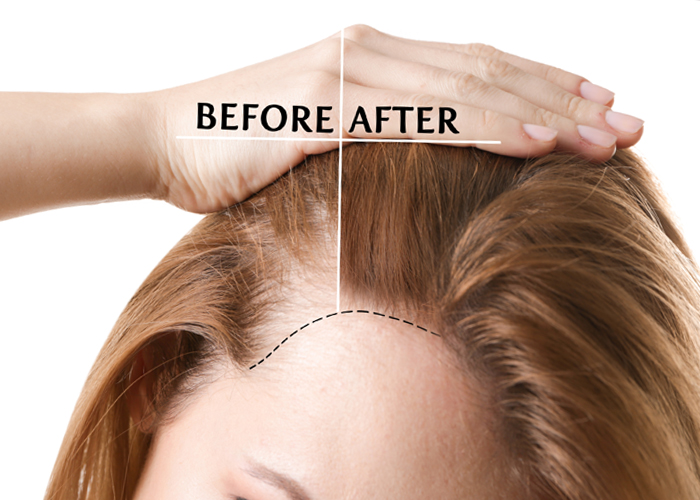Alopecia areata is an autoimmune chronic inflammatory disease, which affects hair follicles and sometimes nails. The typical clinical presentation is with well-circumscribed bald patches on the scalp or beard area. The amount of hair loss is different in everyone. Some people lose it only in a few spots whereas others lose a lot. Sometimes, hair grows back but falls out again later. In others, hair grows back for good. Exclamation mark hairs (short broken hairs tapering towards the proximal end) may be found around the margins
There are different types of this condition. Alopecia areata is most common in its main form, but there are other, more rare types:

Alopecia areata can’t be cured completely, but we can help hair grow back to an extend. Treatment for alopecia areata include medications that are sometimes used for other autoimmune disorders. These medicines have differing amounts of success in regrowing hair.
These are anti-inflammatory drugs that are prescribed for autoimmune diseases. They can be given as an injection into the scalp or other areas. They can also be given as a pill or rubbed on the skin as an ointment, cream, or foam. The downside is that it may take a long time to work.
This is used when there’s a lot of hair loss or if it happens more than once. Chemicals are applied to the scalp to produce an allergic reasponse. If it works, this reaction is actually what makes the hair grow back. It also causes an itchy rash and usually has to be repeated several times to keep the new hair growth.

This medication is also used for pattern baldness. It usually takes about 12 weeks before you see growth.
Email: [email protected]